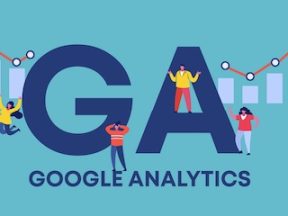Last year I reported my research showing that brands on average lost $29 for every customer acquired — up 222% in a decade. The size of the loss spotlights the dual importance of subsequent sales to recoup the initial costs while replacing the 40% customer churn in some sectors.
Can merchants lower the acquisition cost to breakeven on the first sale or even a profit? Is making an initial profit the right goal?
For most brands, getting close to breakeven is the better option. Brand shouldn’t aim to turn an initial profit as it suggests too-low spending on acquisition, hampering growth. Certainly there are exceptions, such as brands with $1,000 average cart values, but breakeven should be the goal for most.
Acquisition Math
Say your average order is $100, product cost is $50, and shipping and handling is $32. That leaves a gross margin of $18. But if the acquisition cost is $35, you’re losing $17 for every acquired customer.
Reducing the CAC to around $18 gets to the magical first-order breakeven, likely from three levers:
- Cut advertising costs,
- Increase advertising performance, or
- Increase the margin from first-time buyers.
Let’s look at all three.
Cut advertising cost
Strategies for cutting ad costs include targeting lesser-known audiences and even shifting to direct mail. Neither is perfect. Smaller audiences rarely move the overall conversion needle. And direct mail effectiveness for acquisition is hit and miss depending on the product, list quality, and timing.
Social media is where consumers hang out and thus the top acquisition channel for brands. The competition to reach those consumers will likely increase. The explosion of AI-generated content has already reduced organic search traffic to many ecommerce brands. The coming launch of Google’s Search Generative Experience could reduce it even more. Thus brands that relied on traffic from Google could migrate to social, driving up ad costs.
Increase advertising performance
Within the advertising acquisition process of “creative,” “targeting,” “landing,” and “conversion,” targeting is more restrictive owing to increasing privacy rules. Conversion optimization continues to improve, but only incrementally.
That leaves creative and landing as the routes to focus on. Sometimes creative is called “the new targeting” because of the impact influencers can bring with their followers. And landing is “the new conversion” because the experiences — what consumers see in a promotion versus what’s on the advertiser’s website — are invariably poor.
Increase first-order margin
Increasing margin materially typically requires changing the product mix or elevating average order values. The latter is easier and more realistic for most merchants.
And the best way to increase acquisition AOV is to get first-time buyers to explore the brand more widely. It’s the antithesis of a product detail or landing page where the focus is a single product with minimal distractions.
Yet an approach of discovery that encourages new shoppers to explore the brand and adjacent categories is a proven winner. Direct your merchandising on what visitors typically buy first, and couple it with a minimum order value free shipping offer. The result is higher AOVs.
That tactic alone can fundamentally change the economics of an ecommerce business.




